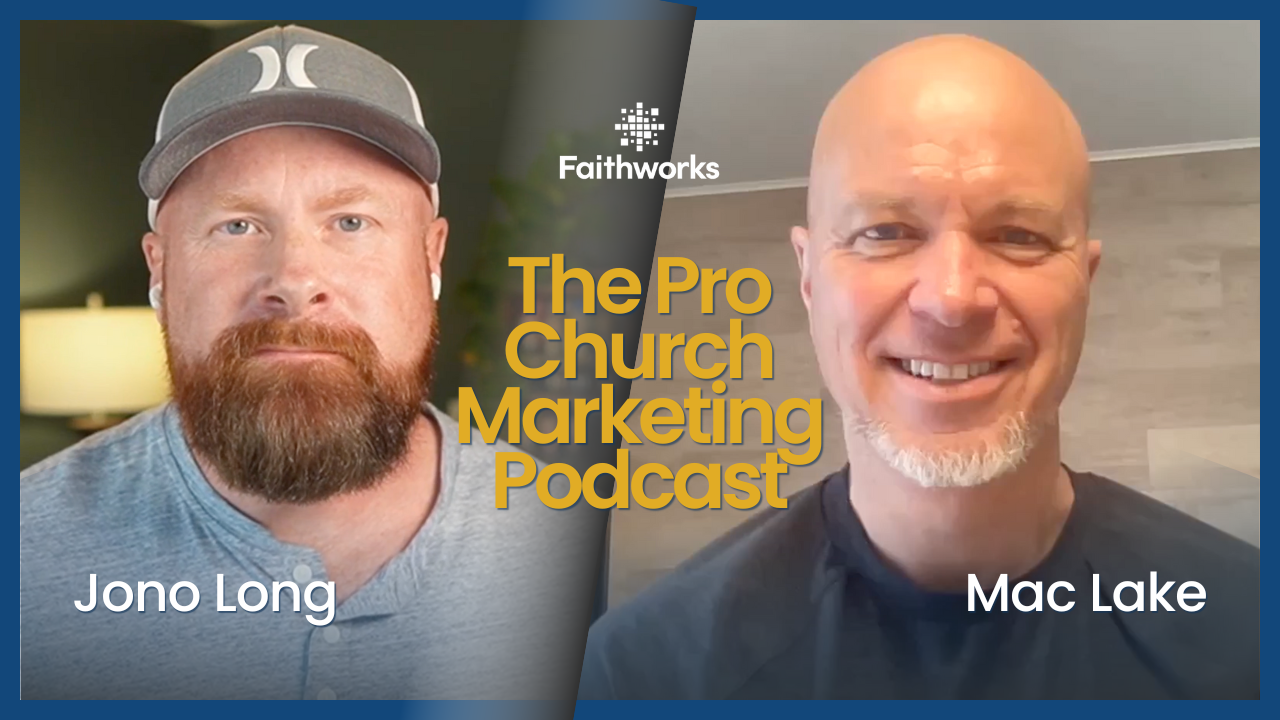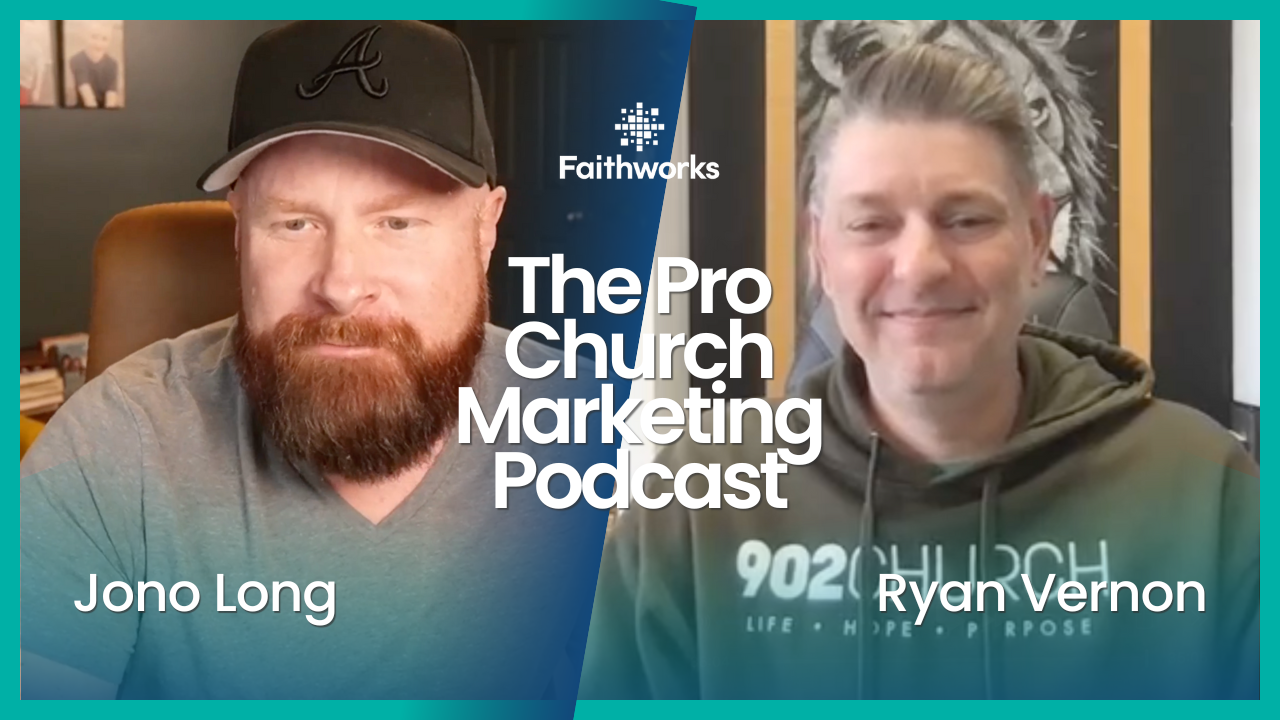Fun Ways to Engage Your Church Community Online
Engaging your church community online can be both fun and rewarding. With the power of the internet, you can connect with members and new visitors in creative ways. Whether it's sharing a laugh over a virtual game night or exploring faith through online workshops, there are many opportunities to come together.
Building an online community helps bridge the distance and keeps everyone involved. This comes in handy, especially during times when meeting in person isn't possible. By using different digital tools, you can keep the spirit of your community alive. From interactive events to social media creativity, the possibilities are endless.
Making use of digital platforms not only strengthens your current community but also invites others to join in. This approach helps spread your message and reach new people who might be discovering your church for the first time. By engaging online, you ensure that everyone feels included and valued, no matter where they are.
Interactive Virtual Events and Workshops
Virtual events and workshops bring your community together from the comfort of their homes. You can host various activities that resonate with your church members' interests. Consider organizing a virtual prayer meeting where members can join in through video calls. This setting allows participants to share their experiences and pray together.
Another idea is leading a Bible study session online. Choose a theme or book to discuss, and encourage everyone to participate. You can use breakout rooms for smaller group discussions. This approach fosters deeper connections and understanding among members.
If you want to add a fun twist, consider hosting a virtual talent show. Invite participants to showcase their skills, whether it's singing, playing an instrument, or telling a story. This event can be both entertaining and a great way for members to learn more about each other.
Don't forget workshops that teach new skills. You could offer workshops on topics such as cooking, art, or gardening. Ask knowledgeable members to lead these sessions and share their expertise. Interactive virtual events not only provide valuable experiences but also keep everyone engaged and connected.
Creative Uses for Social Media Platforms
Social media platforms are great tools for engaging your church community creatively. Start by using Facebook or Instagram to share daily devotionals. These posts can inspire followers and offer a moment of reflection. Encourage comments and discussions to create a sense of community.
Live streaming services on platforms like YouTube or Facebook allows members to participate in real-time. This setup is great for sermons, Q&A sessions, or live worship music. It offers an interactive space where viewers can engage through comments and reactions.
Try creating story series on Instagram or Facebook where each post or video shares a part of a bigger message. Use these series to tell stories from the Bible or share testimonies from church members. This format keeps followers returning for each installment.
Polls and quizzes are also effective ways to engage. Use features on Instagram or Facebook Stories to create fun and interactive content. Polls can prompt discussions, while quizzes can test knowledge on Bible stories or church history. By tapping into social media creatively, you reach more people and foster a lively online community.
Online Challenges and Competitions
Introducing online challenges and competitions can be a fun way to engage your church community and spark some friendly competition. These activities encourage participation and build camaraderie among members. Consider launching a photo challenge, where participants share photos based on a weekly theme, like "Acts of Kindness" or "Creation Around Us."
Another engaging idea is organizing a scripture memorization competition. Set up a schedule and challenge members to memorize certain verses each week. Participants can share videos reciting verses, creating a sense of achievement and community spirit.
For a more interactive experience, consider a virtual scavenger hunt. Provide a list of items related to faith or community service, and encourage members to find and photograph them. This activity fosters creativity and encourages exploration in participants' surroundings.
Creative competitions, such as short story or poetry contests, can also be enjoyable. Invite members to submit their work based on prompts like faith, hope, or love. Showcase these submissions online to celebrate creativity and inspire others. By integrating challenges and competitions, you can energize your community and foster deeper engagement.
Building Community Through Digital Storytelling
Digital storytelling is a powerful way to build and strengthen your church community. By sharing stories, you create a shared history and understanding among members. Start by encouraging members to share their testimonies, stories of faith, or experiences within the church. These narratives can be shared through videos, written posts, or live sessions.
Create a "Story of the Week" series where each week highlights a different community member's story. This allows for diverse voices and experiences to be heard and appreciated. These stories not only inspire but also help build empathy and a sense of belonging among members.
Incorporate storytelling projects that celebrate special occasions, such as Easter or Christmas. Invite members to share stories related to these events, fostering a collective celebration of faith and tradition. These projects can include scripted plays, visual arts, or even musical compositions.
Use social media and your church's website to share these stories with a wider audience. This exposure can attract new members who resonate with the shared experiences. Digital storytelling connects your community on a deeper level, making everyone feel valued and involved.
Conclusion
Engaging your church community online doesn't have to be daunting. By exploring fun and creative methods like virtual events, social media, and storytelling, you enhance connections and foster a vibrant community. Each of these activities provides a chance for members to participate, learn, and share their experiences in meaningful ways.
As we embrace the digital world, ensure that these efforts reflect your church's mission and values. Encouraging members to share their faith online helps grow your church community and spreads your message far and wide. Keep the conversation alive and celebrate the unique contributions each member brings to your community.
If you're ready to take your church's online engagement to the next level, Faithworks Marketing is here to help. We specialize in creating tailored digital strategies that connect and grow communities. From websites to
social media management services, we offer solutions that bring your vision to life. Contact Faithworks Marketing today to discover how we can enhance your church's digital presence and engage more people than ever before.

Latest Posts




© 2025 All Rights Reserved | Faithworks Marketing







